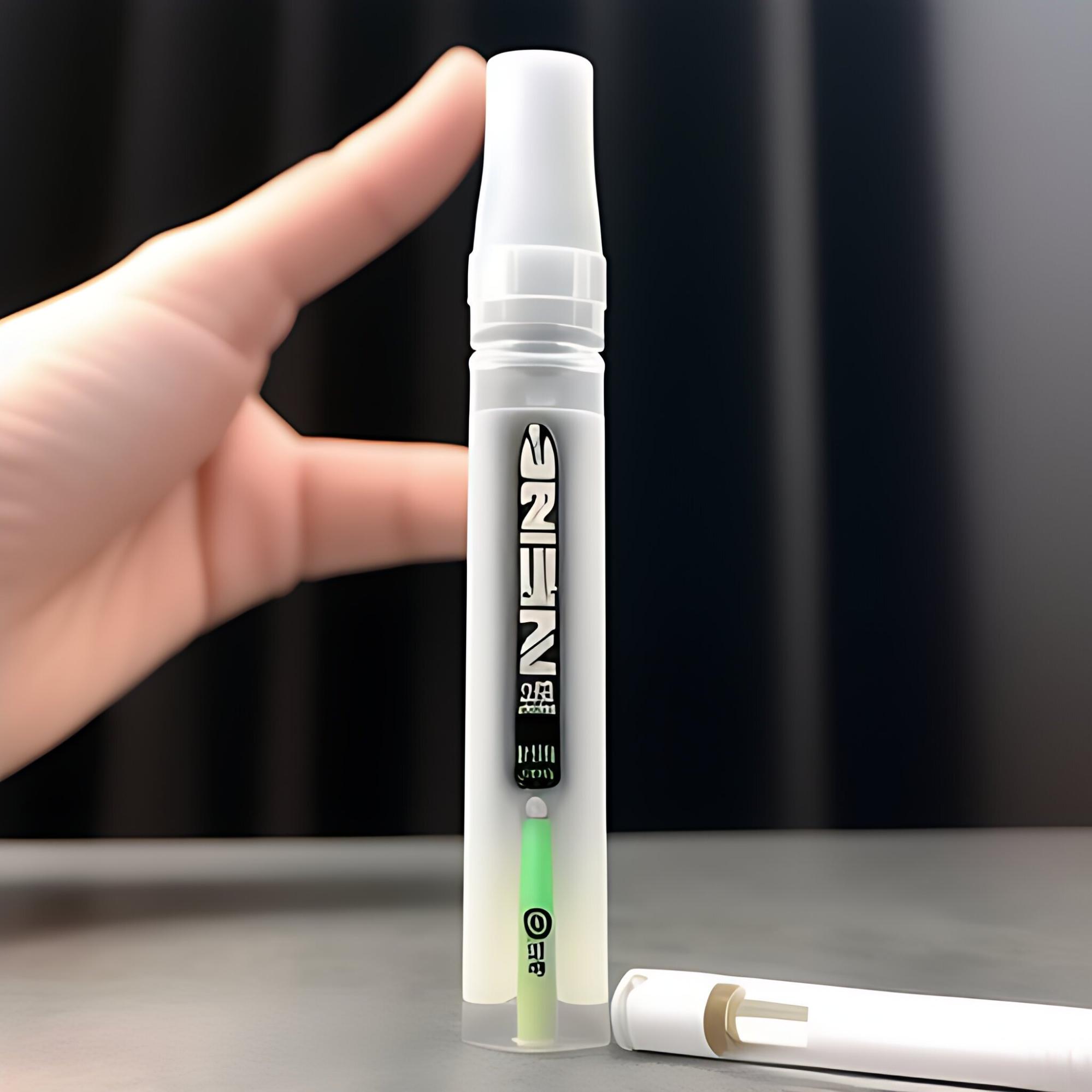Understanding Volume Conversion: How Many ml is in a cc

Understanding the Basics: cc and ml
Diving into the world of measurements, we often stumble upon terms that may seem confusing at first glance. Two such terms are “cc” and “ml”. But don’t worry, we’re here to help you unravel this mystery.
To start off, let’s clarify what these abbreviations stand for. “CC” is short for cubic centimeter while “ML” stands for milliliter. At their core, they’re both units of volume used to measure liquids or solids.
Now you might be wondering, how do these two units relate? Well, it’s simpler than you’d think! In fact, one cc equals exactly one ml. That’s right – they’re equivalent!
Exploring the Concept of Volume in Scientific Terms
Let’s dive into the ocean of scientific concepts, where volume holds a prominent place. It’s an integral component that helps us understand not just the space occupied by an object but also how substances interact with each other – whether it’s gases combining in a chemical reaction or liquids being measured for a recipe.
In our quest to comprehend volume, we’ll encounter two units frequently used: milliliters (ml) and cubic centimeters (cc). Here’s something fascinating: these two are equivalent! That’s correct; 1 ml is equal to 1 cc. Isn’t it amazing how science brings such uniformity?
Now you may ask, why do we have different names if they measure the same thing? Well, it all boils down to context. For instance, in medical scenarios like delivering injections or measuring bodily fluids, ‘cc’ is commonly employed. On the contrary, ‘ml’ becomes the go-to unit while dealing with cooking measurements or certain laboratory procedures.
But why is this interchangeability so significant? It promotes flexibility across different fields and practices. So next time you’re confronted with a measurement in ‘cc,’ remember that converting it to ‘ml’ doesn’t require complex calculations – simply replace ‘cc’ with ‘ml.’

How Many ml in a cc
Diving right into the heart of our topic, it’s essential to understand that ML and CC are interchangeable units of volume used in the field of medicine, cooking, and other sectors. They represent the same quantities; thus, one milliliter (ml) is equal to one cubic centimeter (cc). Yes, you heard us right! It’s as simple as that.
Interestingly enough, this direct conversion between ml and cc originates from their definition based on the metric system. Both these measures are derived from the fundamental unit meter (m), making them extremely compatible with each other. In fact:
- 1 ml = 1 cc
- 10 ml = 10 cc
- 100 ml = 100 cc
- And so on…
This seamless interchangeability has made life easier for professionals across diverse fields – from healthcare providers administering medication doses to chefs measuring ingredients for their next culinary masterpiece.
Practical Examples of Conversions Between ml and cc
Let’s dive right into the practical applications of converting between cubic centimeters (cc) and milliliters (ml). You’ll be surprised to find out how frequently we encounter these measurements in our daily lives.
In the medical field, for instance, it’s common to use cc when dealing with injections or medication dosages. If a doctor prescribes 1cc of medication, they’re actually instructing you to take 1ml since these two are equivalent. Similarly, if a nurse is asked to administer 5ml of saline solution via IV drip, that’s also equal to 5cc.
Moving on from health care settings, let’s shift gears and look at engine sizes in motor vehicles. It’s commonplace for manufacturers to measure engine capacity in cc. For example, a compact car might have an engine size of 1000cc – which can also be expressed as 1000ml.
Even when whipping up your favorite recipes in the kitchen, knowledge about cc and ml conversions comes in handy! Suppose you need 250ml (or cc) of milk for your pancake batter. Having this understanding allows you to switch between units seamlessly.



